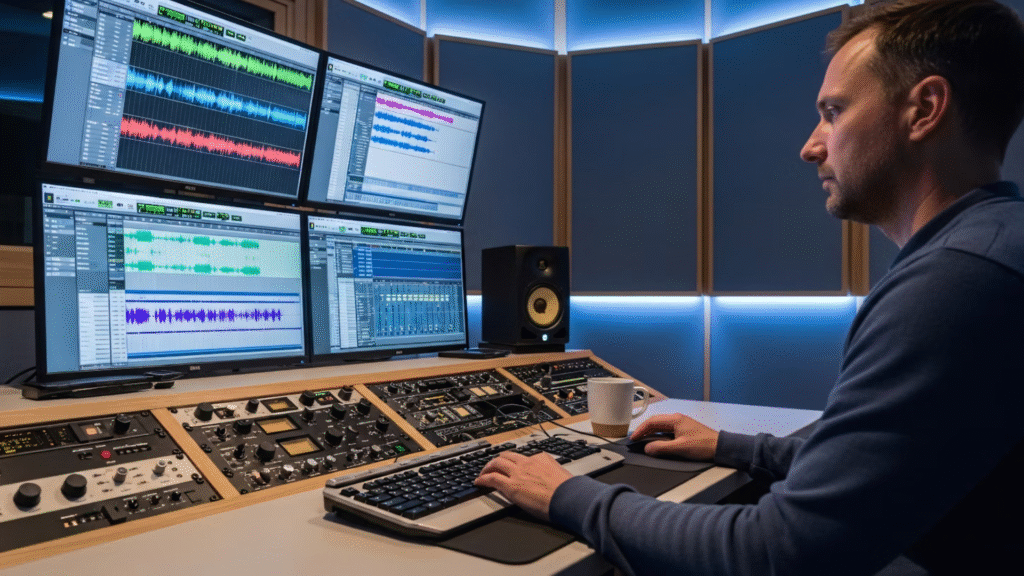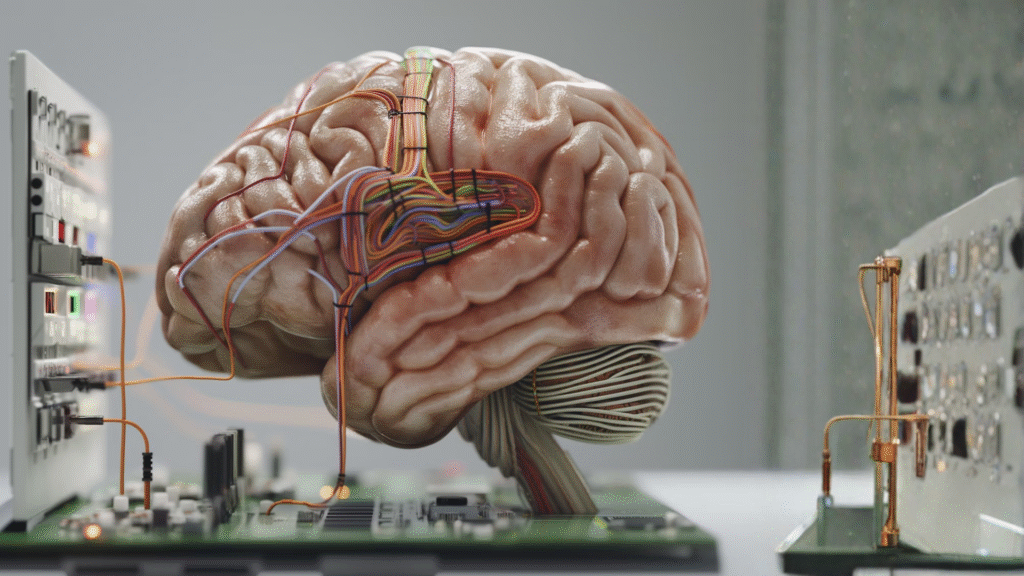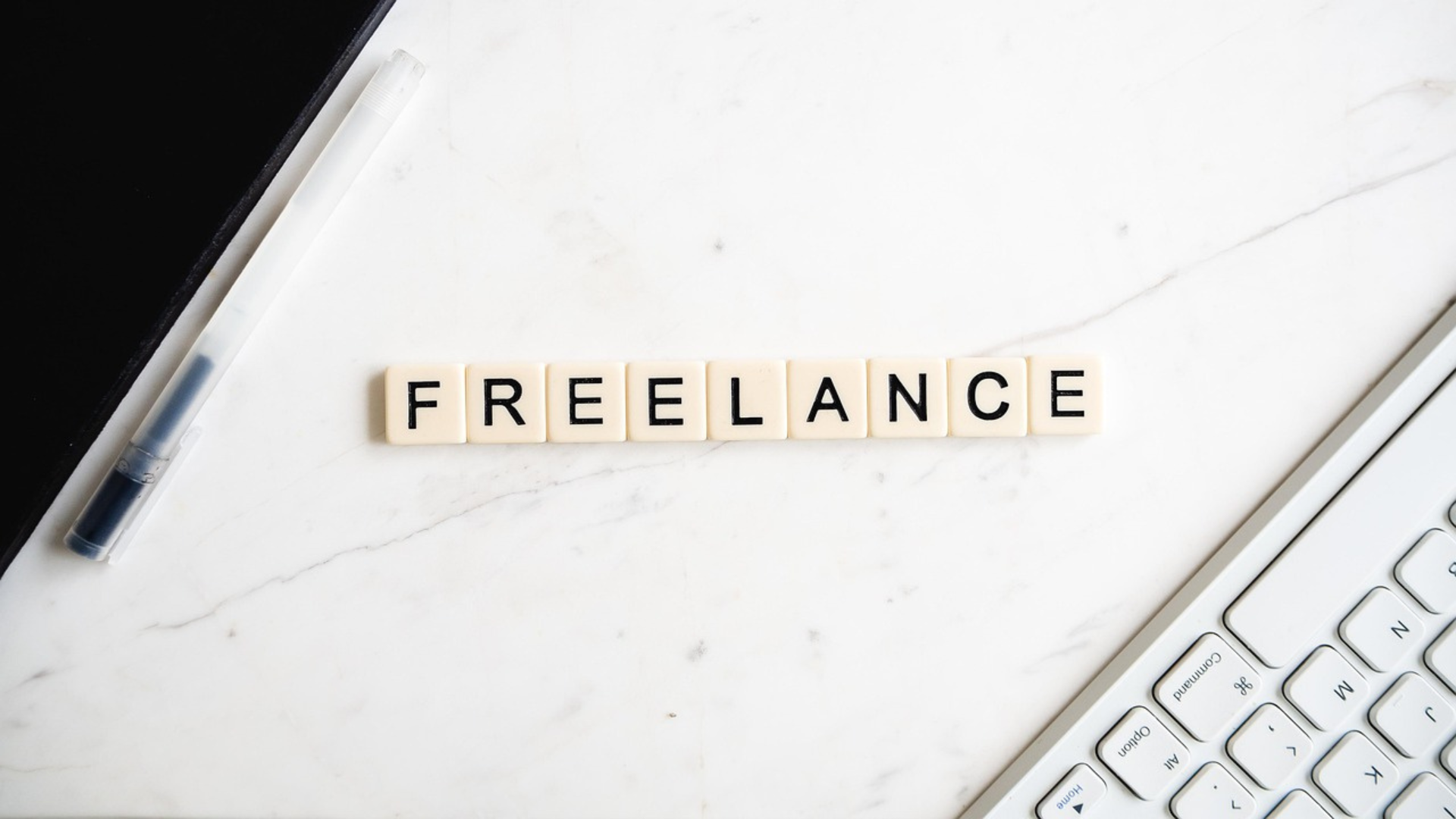The difference between agencies drowning in content demands and those scaling effortlessly isn’t talent or team size—it’s systematic AI workflow integration from concept to delivery.
Most creative agencies still treat AI as scattered tools rather than an integrated workflow system. Industry research shows that agencies with structured AI workflows deliver 70% faster turnarounds and produce 3x more content variations without expanding teams or sacrificing quality.
Here’s the proven framework top agencies use to transform their creative process from initial brief to final delivery.
The Agency Workflow Revolution

Traditional Workflow Breakdown
Modern campaigns demand 50+ asset variations across channels, yet most agencies still rely on linear, manual processes. Creative teams spend 60% of their time on repetitive production tasks while client revision cycles consume another 40% of project timelines.
A typical campaign workflow: Brief analysis (2 days) → Concept development (3 days) → Design production (5 days) → Revisions (5 days) → Final delivery (2 days). Total: 17 days for one campaign.
AI-Enhanced Workflow Reality
The same campaign with AI integration: Brief analysis (2 hours) → Parallel concept generation (4 hours) → Automated production (1 day) → Smart revisions (1 day) → Delivery (2 hours). Total: 3 days with triple the output.
The transformation isn’t about replacing creativity—it’s about amplifying human potential through intelligent automation.
Phase 1: Brief Intelligence and Discovery

From Interpretation to Intelligence
AI transforms brief analysis from subjective interpretation to data-driven understanding. Natural language processing extracts requirements, identifies hidden constraints, and flags potential challenges before work begins.
Brief Analysis Protocol:
- Upload client brief to AI parsing system
- Extract key requirements, brand guidelines, and success metrics
- Identify target audience segments and psychographics
- Generate competitive landscape analysis
- Create visual mood boards from reference materials
What took junior account managers days to compile now happens in hours with higher accuracy. AI doesn’t just read briefs—it understands context, identifies patterns from similar projects, and predicts potential roadblocks.
Phase 2: Concept Multiplication

Scaling Ideation Without Losing Quality
Traditional brainstorming produces 10-15 concepts over multiple sessions. AI-powered ideation generates 100+ validated concepts in hours, each strategically aligned and creatively distinct.
Concept Generation Framework:
- Input core creative direction into AI system
- Generate 30+ conceptual variations across different angles
- Adapt concepts for each required channel
- Create supporting narratives and engagement hooks
- Validate against brand guidelines and audience data
The key isn’t just quantity—it’s systematic exploration of creative territories that human teams might never discover. AI analyzes successful campaigns across industries, identifying patterns and opportunities that inform unique creative directions.
Phase 3: Production Automation

From Hours to Minutes
Production typically consumes 50% of project timelines. AI automation reduces this to 20% while increasing output quality and consistency.
Automated Production Pipeline:
Visual Assets: One master design becomes 20+ size variations instantly. AI maintains design hierarchy, adjusts compositions, and ensures brand consistency across all formats. What required dedicated production designers now happens automatically.
Copy Variations: AI trained on brand voice generates platform-specific copy that maintains tone while optimizing for each channel’s requirements. Headlines, body copy, CTAs—all adapted without losing brand essence.
Localization: Global campaigns that once required weeks of translation and cultural adaptation now process in hours. AI handles not just language but cultural nuances, ensuring relevance across markets.
Phase 4: Intelligent Revision Management

Turning Chaos into Clarity
Client feedback typically triggers 5-7 revision rounds. AI consolidation reduces this to 2-3 rounds while improving satisfaction.
Smart Revision System:
- Centralized feedback collection with AI categorization
- Automatic conflict resolution between stakeholder comments
- Batch implementation of objective changes
- Version control with visual comparison tools
- Predictive adjustment suggestions based on feedback patterns
AI identifies which feedback requires creative discussion versus simple implementation, streamlining the entire revision process. Changes cascade across all assets automatically, maintaining consistency without manual updates.
Phase 5: Delivery and Optimization

Beyond Final Files
Delivery isn’t just sending files—it’s ensuring campaign success. AI-powered delivery systems handle technical specifications, platform requirements, and performance optimization automatically.
Intelligent Delivery Framework:
- Automated asset optimization for each platform
- Performance prediction based on creative elements
- A/B variant generation for testing
- Real-time performance monitoring post-launch
- AI-generated insights for continuous improvement
Building Your AI Workflow
Implementation Roadmap
Week 1-2: Audit current workflows, identify integration points
Week 3-4: Run pilot project with parallel workflows
Week 5-6: Scale successful patterns across teams
Week 7-8: Establish performance metrics and optimization cycles
Start small with one workflow phase, prove value, then expand systematically. Success comes from thoughtful integration, not wholesale replacement.
How Qolaba Accelerates Agency Transformation
Qolaba unifies all workflow phases through a single platform, eliminating tool fragmentation. Agencies access 50+ AI models without managing multiple subscriptions, selecting optimal tools for each task.
The platform’s collaborative intelligence maintains context across project phases, ensuring consistency from concept to delivery. Built-in analytics track efficiency metrics, demonstrating clear ROI to clients and internal stakeholders.
The Competitive Imperative
Agencies implementing AI workflows aren’t just working faster—they’re fundamentally transforming their competitive position. They offer services previously impossible at their scale, compete for enterprise contracts, and maintain premium pricing while reducing costs.
The question isn’t whether to adopt AI workflows, but how quickly you can transform before competitors leave you behind.
Ready to revolutionize your agency’s creative workflow? Transform your process from concept to delivery with Qolaba’s integrated AI platform.





